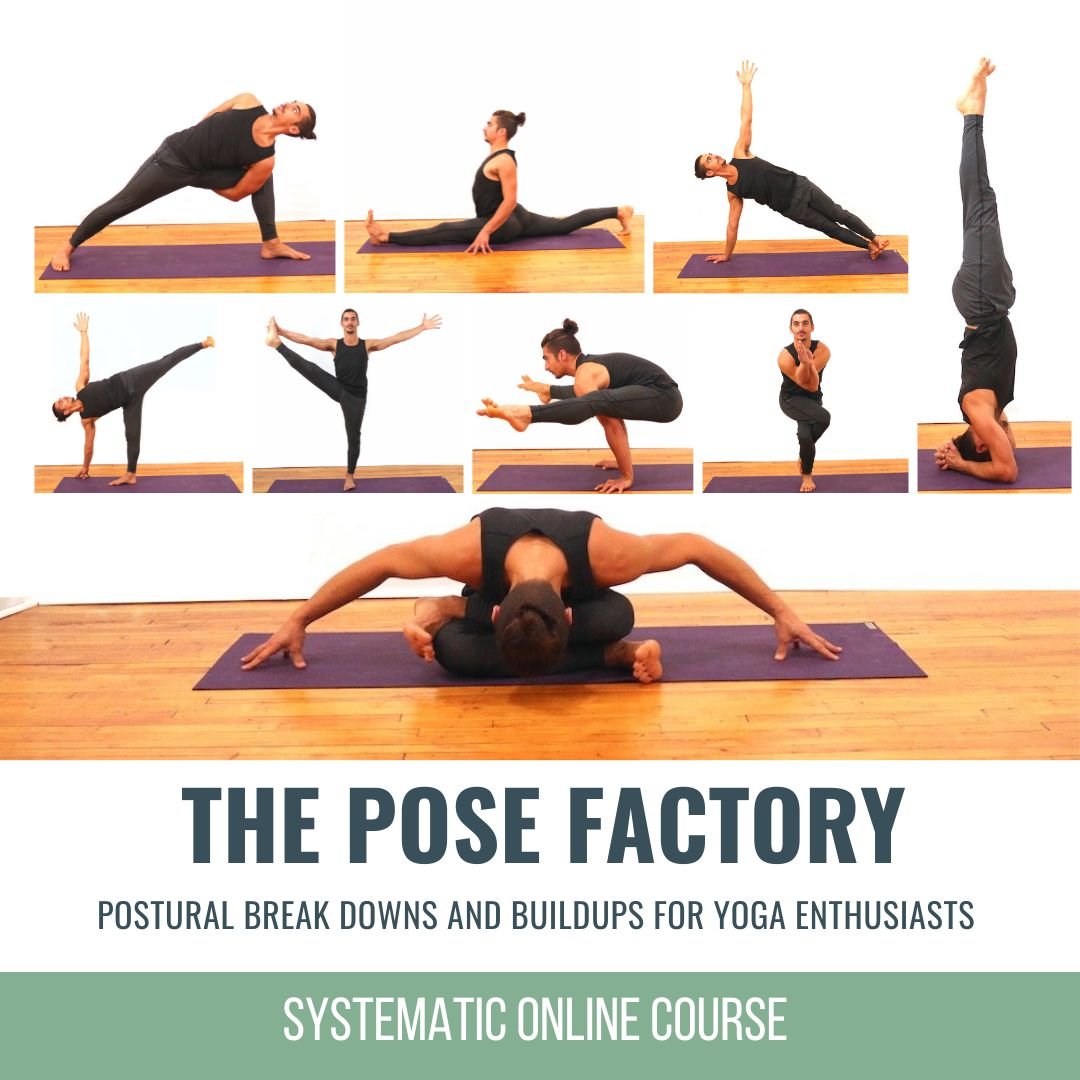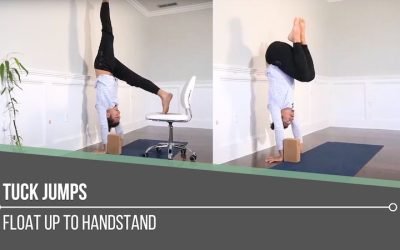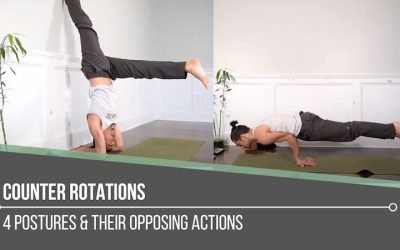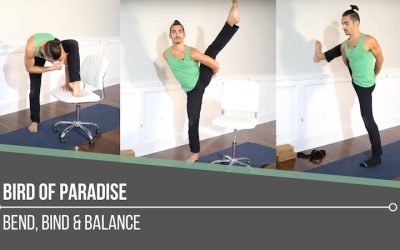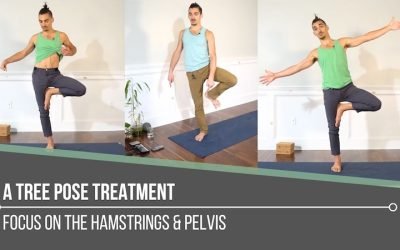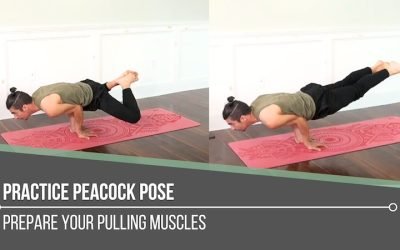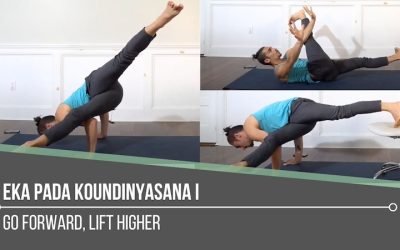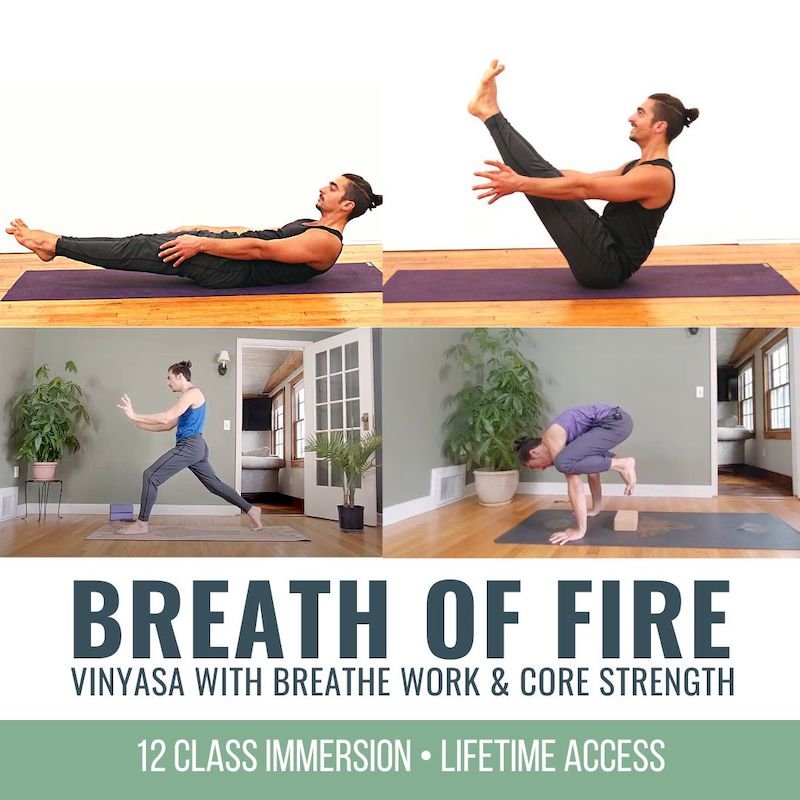Tuck JumpsHandstandTUCK JUMPS Without a doubt, tuck jumps are a confidence booster when it comes to preparing for handstands. When we go through the course of preparation, it’s not the first step, but it’s definitely a way of identifying where strength and...
Pranayama
Pranayama
breathwork
PRANAYAMA
Pranayama helps us to more deeply connect to the energy that runs through us. This can be done via a variety of breathwork practices. It’s important to understand that the breath is the physical layer through which we can access prana (energy, or life force). There is great power in understanding how and when to move the breath in a specific way through our bodies. Different breath practices serve different purposes and have the ability to offer transformative experiences. In today’s video, Matt explains and demonstrates how and when to utilize various breath techniques to connect with and become more conscious of how breath moves within our bodies.
Of course, having more knowledge about our anatomy helps increase the benefits of these breathwork techniques. As always, Matt infuses his teachings with anatomy education to give us a broader and more complete picture.
THE POSE FACTORY
WAITLIST NOW OPEN
- Dogmatic alignment versus functional alignment
- Learn popular postural pitfalls
- Myths versus truth
- Formulaic approach for comprehensive learning
- Excellent guide for yoga enthusiasts
- Must-have for yoga teachers
- Joint-health awareness
- Muscle integrity, range of motion
- Props for accessibity
- Alignment alterations in the case of injuries
GET TO KNOW THE DIAPHRAGM
The diaphragm is the “breathing muscle” we tend to be more familiar with, but there are other muscles that participate in this natural function. In the video, Matt explains that the diaphragm at rest is in a balloon-like shape and up towards the sternum during the exhalation of the breath. When we inhale, the diaphragm contracts and flattens downward. If we visualize the movement of the diaphragm as we participate in focused breathwork practices, we can better control where we would like to place the breath in our bodies. As we discuss the various breathwork techniques, we comprehend better why it may be more appropriate to direct the breath more downward into the belly or more upward into the thoracic area of the body.
WATCH THE VIDEO
PRANAYAMA: UNDERSTANDING THE POWER OF BREATHWORK
FIND THE ENTRY POINT
One of the most important factors of breathwork is to connect with the sensations we’re experiencing. To better prepare our mind and body, we can use a technique that acts as a doorway or entry point into pranayama.
Padadhirasana, or pranayama preparation, is a way to balance the nervous system. In this practice, from a seated position, we place our hands underneath the armpits. Because we continuously fluctuate between favoring either the sympathetic or the parasympathetic nervous system, the practice is thought to aid in stimulating the nostrils (or, if one so chooses, the left- or the right-side nostril), which directly connects to stimulating the sides of the brain. This fluctuation may manifest by experiencing less opening through either nostril. In the video, we learn how to stimulate the appropriate side.
200 HOUR ONLINE TEACHER TRAINING
GET CERTIFIED & DEEPEN YOUR YOGA PRACTICE
- Deepen your yoga practice
- Build confidence speaking in front of groups in person and online
- Learn foundational class structures and templates
- Learn techniques for a wide range of yoga postures
- Get certified and highly qualified to teach yoga
- Yoga Alliance Globally Recognized Certification Program
TYPES OF PRANAYAMA
Nadi Shodhana (Alternate Nostril Breathing)
Nadi Shodhana has a calming effect. This is useful when trying to stimulate the parasympathetic system. In the video, this is where we can practice options for how to manipulate the diaphragm.
Dirgha Pranayama (3-Part Breath)
We start with the expansion of the belly on the inhale, which then goes to the ribs and to the collar bone. On the exhale, the pathway is reversed.
Kapalabhati (Skull-Shining Breath)
This is a more energetic breath technique that can be very helpful in increasing energy and as a preparation for the asana practice. The exhalation is emphasized here, which strengthens the transversus abdominis (the deepest abdominal muscle).
Bhastrika (Bellows Breath)
Bhastrika is also an energizing breath practice; however, both the inhale and the exhale are emphasized.
300 HOUR ONLINE TEACHER TRAINING
GET 500 HOUR CERTIFIED AS A MASTER TEACHER
Master your skill set as a teacher through refined techniques, anatomy, biomechanics, sequencing, philosophy, meditation techniques, theming, yoga business, and much more!
- Get 500 hour certified
- Learn anatomy, biomechanics, asana techniques
- Expand your teaching skills
- Masterful sequencing and verbal delivery
- Learn meditation and breathwork techniques
- Transformative tools: theming, dharma talks, satsang
A POWERFUL TOOL
These pranayama techniques are powerful tools that can facilitate greater connection with the distribution of energy—in an asana practice or off the mat, during our other daily activities. In times of stress, we can shift into the parasympathetic, and if we require more energy, we can rely on practices like Kapalabhati or Bhastrika. Even though it is easy to become complacent about how we experience our energy or breathing patterns, we actually have the power to transform our experiences by simply incorporating these practices into our daily lives.
Matt’s Spring registration for his 200 and 300 Hr. Teacher Training programs begins on June 1. Pranayama, connected to both anatomy and philosophy, enriches both our own understanding and the experiences of our students. This is the Chromatic way. Click here for more information about these life-changing teacher training programs.
The 200 Hr. Teacher Training: Click Here to See the Next Start Date
The 300 Hr. Advanced Teacher Training: Click Here to See the Next Start Date
Article by Trish Curling
Videos Extracted From: Breath Of Fire Immersion and Move Breathe Release Immersion
ONLINE ANATOMY COURSE
- Accessible, exciting, and easy to learn
- Anatomy and biomechanics for yoga
- Appropriate for both teachers and students
- Learn joint alignment vs pose alignment
- Demystify yoga poses and transitions
- Release aches and pains
- Learn how to avoid common injuries
- Caters to all levels with modifications and props
- 20 hours Continued Education Credits with Yoga Alliance
- 20 hours toward Chromatic Yoga Certification and 300 Hour
- Lifetime access
Continue Learning
Tuck Jumps
Counter Rotations
Counter RotationsStabilityCOUNTER ROTATIONS The isolation of specific articulations in a yoga posture can be tricky to implement when we’re still learning how our bodies move. When we begin to explore counter rotations, this layer might feel confusing or even...
Bird Of Paradise
Bird of ParadiseSvarga DvijasanaBIRD OF PARADISE In Bird of Paradise, we’re balancing while binding, which can be quite an undertaking. Preparation for this posture requires shoulder mobility, hip mobility, and a tremendous amount of strength. What we also need to be...
A Tree Pose Treatment
A Tree Pose TreatmentVrksasanaA TREE POSE TREATMENT Tree Pose may appear to be a posture we can just “jump into” because of its “accessibility” from anywhere we might be standing, but it definitely requires more refinement than we might think. A treatment to revive...
Practice Peacock Pose
Practice Peacock PoseMayurasanaPRACTICE PEACOCK POSE We go to our yoga practice for many different reasons at any given time. In our asana practice, we are sometimes seeking softness and ease. At other times, we might be striving for vigour and strength. Peacock Pose...
Eka Pada Koundinyasana I
Eka Pada Koundinyasana IArm BalanceEKA PADA KOUNDINYASANA I If Side Crow is already part of our practice, then Eka Pada Koundinyasana I is like adding on another layer to that posture, because they are quite similar. The added layer is that we extend the top leg...
THE FREE TECHNIQUE PACK
When You Subscribe, You Will Get Instant Access to
- the Technique Pack: 15 yoga pose breakdowns
- exclusive online course discounts
- exclusive blogs and videos

